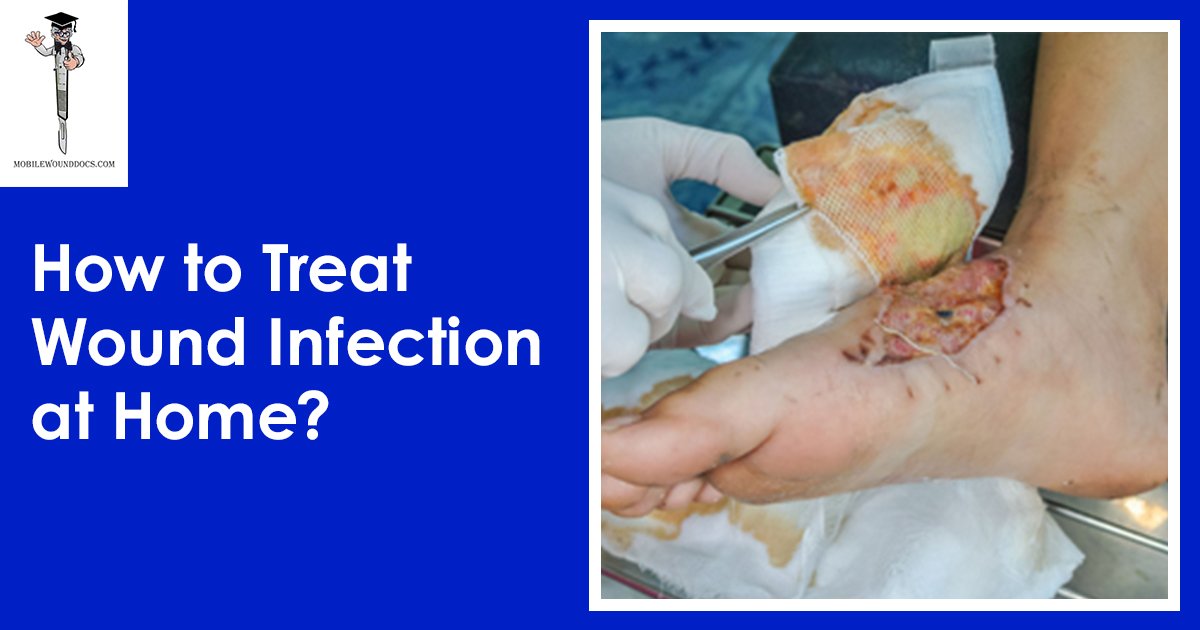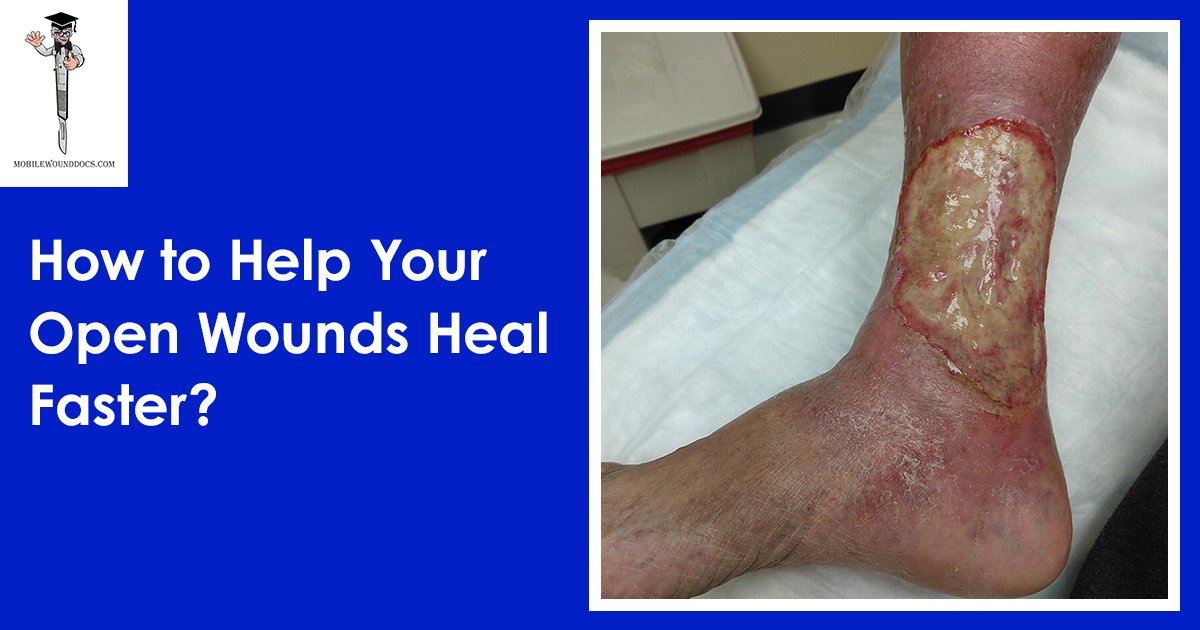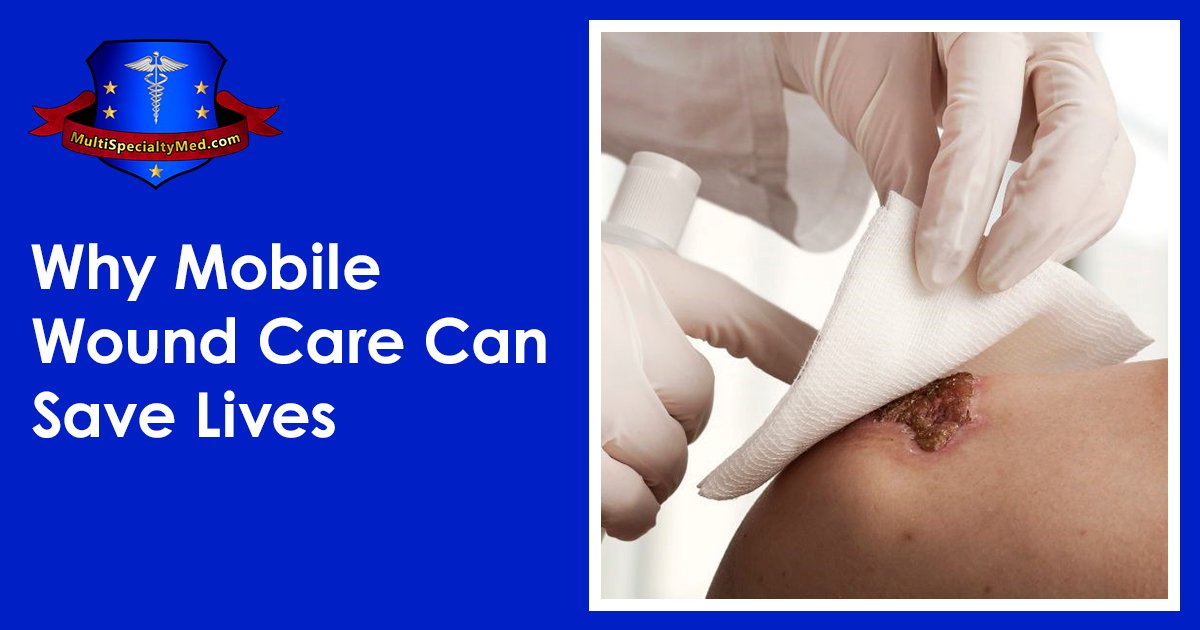Daniel Davidson, MD, MBA, DBA, PHD
Introduction:
A common surgical technique called skin grafting involves transferring healthy skin from one area of the body to another in order to cure burns, wounds, and other skin abnormalities. Bedside skin grafting is now a feasible option in some circumstances due to developments in medical technology. Traditionally, this procedure was carried out in operating rooms under general anesthesia. In this article, we discuss the circumstances in which bedside skin grafting is appropriate and the biological products that are authorized for this use.
When is Bedside Skin Grafting Appropriate?
Bedside skin grafting, a procedure where skin grafts are transplanted directly at the patient’s bedside rather than in a traditional operating room setting, is appropriate in several scenarios:
Critical Care Patients:
For critically ill or unstable patients who cannot undergo surgery in the operating room due to their medical condition, bedside skin grafting offers a feasible alternative. Performing the procedure at the bedside minimizes the need for transportation and reduces the risks associated with general anesthesia.
Large Wound Surfaces:
Bedside skin grafting helps hasten the healing of wounds that are large in area or that include a lot of surface area, including burns or traumatic injuries. Healthcare professionals can start therapy right away by placing skin grafts at the patient’s bedside, which is essential for getting the best results.
Resource-Limited Settings:
Bedside skin grafting can be the most practicable treatment option for acute skin problems in healthcare settings where access to operating rooms or specialized surgical facilities is restricted. This method enables medical professionals to treat wounds effectively and quickly even in resource-constrained settings.
Chronic Wounds:
When traditional therapy have failed to promote healing in a chronic wound, bedside skin grafting may be helpful. Healthcare professionals can encourage wound closure and stimulate tissue regeneration by directly applying skin grafts to the wound site, potentially improving results for patients with chronic wounds.
Patients in Need of Palliative Care:
Skin grafting at the bedside may be suitable for patients receiving palliative care or end-of-life support in order to relieve the pain and discomfort brought on by chronic wounds. This strategy can enhance patients’ quality of life in palliative care settings by encouraging wound healing and averting additional problems.
Biological Products Approved for Bedside Skin Grafting:
A variety of biological products that provide clinicians with extra tools to enhance wound healing and foster effective graft integration have been licensed for use in bedside skin grafting operations.
Human Acellular Dermal Matrix (ADM):
A biologic scaffold that supports cellular ingrowth and tissue regeneration is obtained from animal or human tissue. In skin grafting techniques, it is frequently utilized as a dermal substitute, especially for complex wounds or significant surface area deficiencies.
Products of Amniotic Membranes:
The deepest layer of the placenta yields amniotic membrane products, which are rich in extracellular matrix elements, cytokines, and growth factors. These goods improve tissue regeneration, lessen inflammation, and aid in wound healing. They are frequently combined with skin grafts to enhance results and hasten the healing process.
Collagen Matrices:
Resembling the inherent structure of human tissue, collagen matrices are biocompatible scaffolds made of collagen fibers. These matrices are often employed as dermal substitutes in skin grafting techniques because they offer a favorable environment for cell proliferation and tissue regeneration.
Platelet-rich plasma:
Platelet-rich plasma, or PRP, is a concentrated platelet solution made from the patient’s own blood that has been shown to have significant concentrations of cytokines and growth factors. PRP is injected into the wound site or treated topically to promote tissue repair, improve transplant survival, and hasten the healing process. It is frequently applied as a supportive treatment during skin grafting operations.
Fibroblast and Keratinocyte grown Auto grafts:
In this procedure, skin cells from the patient are harvested, grown in vitro to encourage cell growth, and then the cultured cells are transplanted into the wound bed. These autologous grafts aid in the quick closure of wounds and are especially helpful for individuals with big surface area defects or extensive burns.
Bioengineered Skin replacements:
Advanced wound care solutions made of synthetic or biologically derived materials that closely resemble the composition and functionality of human skin are known as bioengineered skin replacements. In the interim until permanent skin grafting can be carried out, these replacements encourage wound healing, aid in tissue regeneration, and offer temporary coverage.
Conclusion:
In some therapeutic situations, bedside skin grafting is a useful substitute for conventional operating room procedures, offering a less invasive and more accessible option for correcting skin abnormalities and accelerating wound healing. The availability of biological products that have been specially approved for this use gives healthcare professionals more resources at their disposal to enhance patient care and optimize results. Clinicians can improve the standard of care for patients in need of skin grafting operations by being knowledgeable about the appropriateness of bedside skin grafting and successfully using approved biological materials.







